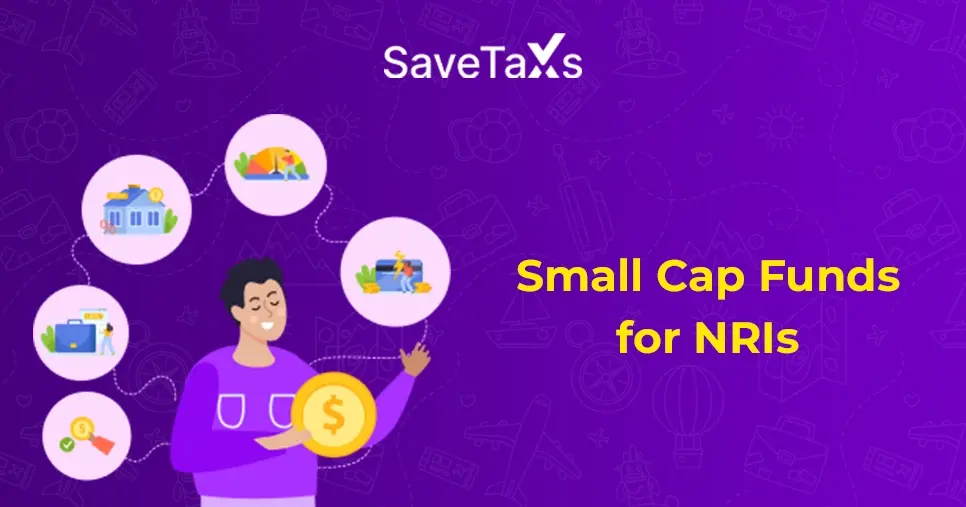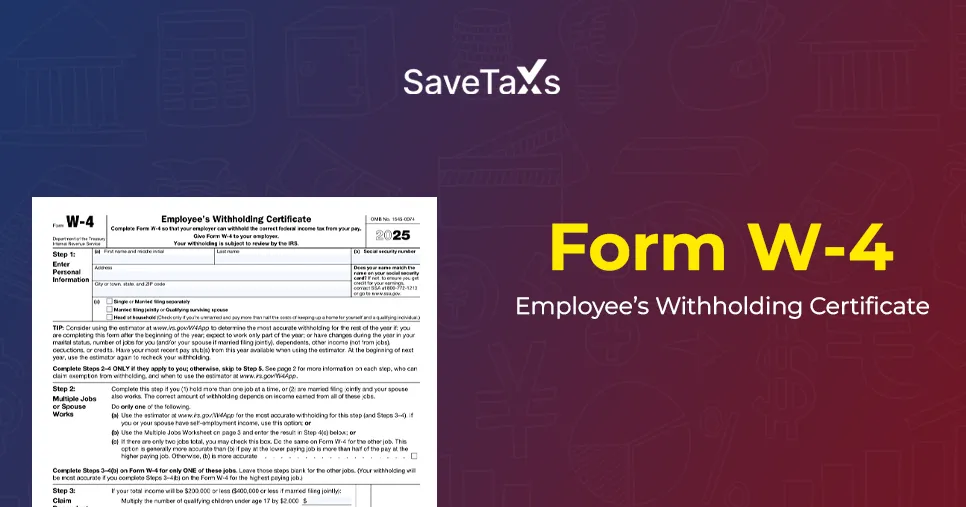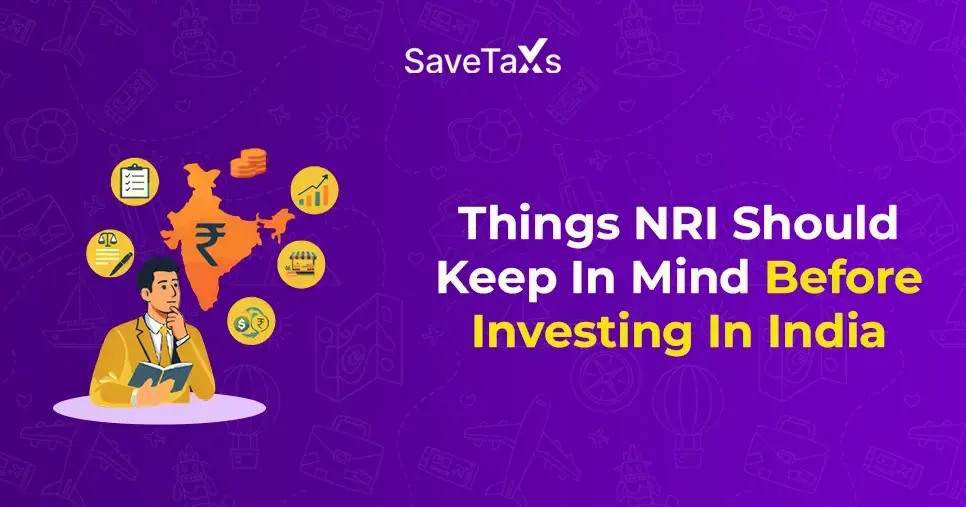- What is the National Pension Scheme (NPS)?
- National Pension Scheme Eligibility for Indians and NRIs
- How to Log Into an NPS Account?
- Features of the National Pension Scheme (NPS)
- Withdrawal Rules for NPS
- Types of National Pension Scheme
- Tax Benefits of Tier I NPS Account Under Section 80CCD
- Tax Benefits of Tier I National Pension Scheme Account Under Section 80CCD for NRIs
- Tax Benefits of Tier II National Pension Scheme Account Under Section 80C
- Process to Open NPS Account Online
- Final Thoughts
The National Pension Scheme (NPS) is a government-sponsored scheme launched in January 2004 for government employees. This is a long-term retirement plan for individuals under the purview of the Pension Fund Regulatory and Development Authority (PFRDA) and the Central Government. It is a flexible scheme that allows you to contribute to the government's pension account until your retirement. In addition, it provides you with complete control over your financial future.
The scheme is now available to all citizens of India, but the question is: can non-resident Indians (NRIs) also invest in it? Yes, NRIs are eligible to invest in the NPS scheme. Want to know more about the National Pension Scheme, its eligibility criteria, and benefits? Check out the blog below for detailed answers.
What is the National Pension Scheme (NPS)?
As mentioned, the National Pension Scheme was launched by the Indian government in 2004 to provide financial security for its employees after retirement. However, since 2009, the scheme has been available to all Indian citizens, including private-sector employees, self-employed individuals, and NRIs. In India, the NPS scheme is regulated by the Pension Fund Regulatory and Development Authority (PFRDA).
It is a regular investment scheme in which you contribute a fixed amount each year until maturity. Additionally, upon maturity, you receive a fixed pension for life, providing a regular income after retirement. Based on the last 10 years' performance (assuming no market disruptions), you can expect the following annual returns:
- Scheme C (Corporate Bonds): 8–10% annually
- Scheme E (Equity): 12–15% annually, depending on market conditions
- Scheme G (Government Bonds): 9–10% annually
Investing in NPS also helps you claim up to INR 1,50,000 tax deduction under Section 80C while filing income tax returns if you choose the old tax regime. Moreover, the scheme offers partial withdrawals, subject to a 3-year minimum lock-in period.
NPS Vatsalya
The Indian government introduced the NPS Vatsalya Scheme under the Finance Act 2024. Under this scheme, parents can open an NPS account on behalf of their minor children and contribute monthly or annually until the child turns 18. The minimum annual contribution allowed is INR 1,000. After the child turns 18, the NPS Vatsalya account automatically converts into a standard NPS account. NRIs are also eligible to invest in this scheme.
National Pension Scheme Eligibility for Indians and NRIs
To invest in NPS, both Indian residents and NRIs must fulfill the following eligibility criteria:
- Must be a citizen of India, either resident or non-resident.
- Age should be between 18–60 years.
- Must be legally competent to enter into contracts, as per the Indian Contract Act.
- NRIs must have a valid NRE (repatriable) or NRO (non-repatriable) bank account in India.
- Must fulfill the Know Your Customer (KYC) norms mentioned in the application form.
- Must possess a valid PAN card.
- NRIs can open an NPS account under Tier I, while Indian residents can open accounts under both Tier I and Tier II.
- NPS is an individual pension account; it cannot be opened on behalf of another person.
- Hindu Undivided Families (HUFs), Overseas Citizens of India (OCI), and Persons of Indian Origin (PIOs) cannot open an NPS account, although individual members may be eligible.
These are some of the eligibility criteria a person must meet to open an NPS account. Moving ahead, let's know how to log in to this account.
How to Log Into an NPS Account?
You can log into your NPS account using the following methods:
- KFintech Portal or NSDL Portal: Enter your Permanent Retirement Account Number (PRAN) as your user ID and your password.
- The login process is the same for both Indian residents and NRIs.
Features of the National Pension Scheme (NPS)
For many individuals, whether they are Indian residents or NRIs, keeping their financial future safe after retirement, NPS is an attractive option. To provide high returns on investment, the NPS scheme consists of flexible allocation features of assets and investment objectives. Some of the key features of NPS for Indians and NRIs are as follows:
Features for Indian Residents
1. Age Limit
18–60 years. Parents can open accounts for minor children and manage them until the child turns 18.
2. Returns
Historically, 11–12% annual returns on investment. Returns are not fixed, but they are competitive with other tax-saving schemes.
3. Equity Allocation
Two options - Auto Choice (age-based risk allocation) and Active Choice (choose schemes and split investment). Equity exposure is capped between 50–70% depending on age and category.
4. Flexibility
Subscribers can add funds anytime, change investment options, switch fund managers, and manage accounts from anywhere, even when relocating or changing jobs.
Features for NRIs
1. Travel Agnostic
NRIs can maintain NPS benefits globally as long as they remain Indian citizens.
2. Portfolio Management
Active mode allows NRIs to choose asset allocation; the fund manager manages auto mode. Four options available:
- Equity: Up to 50% allocation until age 60, then gradually tapering.
- Government Securities: Central and State Government bonds.
- Corporate Debt: Public sector units, corporate bonds, and financial institutions.
- Alternative Investment Funds: 5% allocation in InvITs, REITs, MBS, CMBS, etc.
3. Liquidity
Partial withdrawals up to 25% are allowed after 3 years of uninterrupted contributions. Withdrawals can be made up to three times for specific reasons (e.g., housing, marriage, education, critical illness).
These are some of the key features of the National Pension Scheme for Indian residents and NRIs. Moving on, let's look at the NPS withdrawal rules for Indians and NRIs.
Withdrawal Rules for NPS
To balance your fund needs while securing a certain amount for your retirement, the NPS withdrawal rules are in place. Whether you want to withdraw the full amount at retirement and need a partial amount for emergencies, understanding the rules and options can help you make the right decisions. Furthermore, let's look at the NPS withdrawal rules for Indians.
For Indian Residents
Here are the withdrawal rules for NPS for Indian residents:
- Upon Superannuation: Withdraw up to 60% of total investment; remaining 40% must be invested in an annuity. Withdraw systematically (monthly, quarterly, half-yearly, or yearly). If the total is ≤ INR 5,00,000, a complete withdrawal is allowed.
- Pre-Mature Exit: Before 60, 80% of the pension amount must be purchased as an annuity. Investments ≤ INR 2,50,000 can be withdrawn entirely.
- Upon Death: The Entire accrued pension is paid to the nominee or legal heir.
Note: A Tier II NPS account allows complete withdrawal at any time without lock-in.
For NRIs
- On Maturity: At 60 years, withdraw up to 60% as a lump sum; the remaining 40% must be invested in an annuity. Investments ≤ INR 2,50,000 can be withdrawn entirely.
- Premature Withdrawal: After 5 years, withdraw up to 20% and use 80% for annuity. Investments ≤ INR 2,50,000 can be fully withdrawn.
- Partial Withdrawal: Withdraw up to 25% after 3 years of contributions, for specific purposes only (housing, marriage, education, medical emergencies).
- Upon Death: the Nominee or legal heir receives the entire investment.
*Note: In case the NRI dies, the legal heir or nominee is eligible to receive the whole investment amount.
Types of National Pension Scheme
The National Pension Scheme accounts are of two types, i.e., Tier I NPS Account and Tier II NPS Account. Let's know about them in detail.
Tier I NPS Account
- Mandatory to join NPS.
- Conditional and restricted withdrawals; focused on retirement.
- Minimum opening contribution: INR 500.
- Annual minimum contribution: INR 1,000 for residents, INR 6,000 for NRIs.
Tier II NPS Account
- Optional; only for Indian residents.
- Full withdrawal anytime.
- Minimum opening contribution: INR 1,000.
- No annual deposit required to remain active.
- Must have an active Tier I account to open a Tier II account.
Tax Benefits of Tier I NPS Account Under Section 80CCD
For Indian Residents
Self-Contribution:
- Section 80CCD(1): Up to 10% of salary (basic + DA), max INR 1,50,000 under Section 80CCE.
- Section 80CCD(1B): Additional INR 50,000, max combined with 80CCE.
Employer Contribution:
- Up to 10% of salary (14% for central government employees).
Self-Employed:
- Section 80CCD(1): Up to 20% of total income, max INR 1,50,000.
- Section 80CCD(1B): Additional INR 50,000.
Withdrawal Benefits:
- Partial withdrawal: Tax-exempt under Section 10(12B) up to 25%.
- Lump sum at retirement: 60% is tax-exempt; annuity income is taxable.
For NRIs
- Up to INR 1,50,000 deduction under Section 80CCD(1).
- Additional INR 50,000 under Section 80CCD(1B).
- 60% lump sum at retirement is tax-free; the remaining 40% annuity provides a lifelong pension.
Tax Benefits on Purchase of an Annuity
Under section 80CCD(5), tax exemption is provided on the purchase of annuity or superannuation at 60 years. However, under section 80CCD(3), any subsequent income from an annuity is taxed.
These are the tax benefits Indian residents receive on a Tier I NPS account under section 80CCD. Moving further, let's know the tax benefits that Tier I National Pension Scheme Account NRIs receive under section 80CCD.
Tax Benefits of Tier I National Pension Scheme Account Under Section 80CCD for NRIs
Do you know that, apart from providing a secure financial future, NPS also helps NRIs claim several tax benefits? Want to know what they are? Read the points below and get your answers.
- By investing in NPS, NRIs can claim up to INR 1,50,000 tax exemption from their taxable income in India. Under section 80CCD(1), this tax deduction is allowed to them. Additionally, it also includes the tax exemption limit of Section 80C.
- Apart from this, under section 80CCD, NRIs can also claim an additional tax exemption for their investment in the NPS. In this, they get up to INR 50,000 in tax deduction, in addition to the tax exemption provided under section 80CCD(1).
- When the National Pension Scheme matures, NRIs are eligible to withdraw up to 60% of their total investment in a lump sum. Here, the lump sum withdrawal is stated as commutation, and the commuted amount of the pension is not taxed in their hands.
Hence, through the NPS scheme, with tax benefits, NRIs build their retirement amount. Furthermore, after the scheme matures, 40% of the uncommuted amount provides lifelong pensions to NRIs, i.e., a regular source of income after retirement.
These are the tax benefits NRIs receive under section 80CCD after opening a Tier I National Pension Scheme Account. Moving ahead, let's know the tax benefit of a Tier II National Pension Scheme Account under Section 80C.
Tax Benefits of Tier II National Pension Scheme Account Under Section 80C
As mentioned above, a Tier II National Pension Scheme Account is only available to Indian residents. Considering this, the benefits will also be available to them. Moving on, let's look at a few perks of opening this account.
- It is an optional account available to Tier I Indian resident account holders.
- Under section 80C of the Income Tax Act, 1961, one can claim a tax deduction for the contribution made under this account.
- To claim a tax deduction, you need first to complete a three-year lock-in period.
- Under section 80C, subject to the combined limit of the threshold, you can claim a maximum of INR 1,50,000 tax deduction.
These are the benefits that you can get while opening a Tier II National Pension Scheme account under section 80C. However, these tax deduction benefits are not available under the new tax regime. To gain all these perks of NPS, you need to open an NPS account. Want to know how you can do so? Read the following section and get your answers.
Process to Open NPS Account Online
Indian residents and NRIs can invest in the National Pension Scheme by opening an account on the NPS website or through any Indian bank that offers the NPS facility. The process of opening an NPS account is the same for NRIs and Indian residents, but it differs slightly. Let's first go over the steps to open an NPS account online for Indian residents.
Indian Residents
- Visit the official eNPS website.
- Click on Registration and select PAN or Aadhaar for registration.
- Select Indian resident in the status field.
- Fill in personal, nominee, and bank details.
- Upload PAN, signature, and photograph.
- Make the initial payment: INR 500 (Tier I), INR 1,000 (Tier II).
- Receive PRAN and create password to manage the account online.
NRIs
- Visit the official eNPS website.
- Select Non-Resident Indian as status.
- Register using PAN number.
- Provide bank details (NRE/NRO), PAN, passport, and country of residence.
- Select investment details, scheme, and fund manager.
- Upload required documents.
- Print the application form and send it to CRA-NSDL within 90 days to avoid account freezing.
Final Thoughts
The National Pension Scheme (NPS) allows both NRIs and Indian residents to secure their retirement with flexible investment options, attractive returns, and tax benefits. If you are looking for a long-term retirement plan that aligns with your financial goals, consider investing in NPS.
*Note: This guide is for informational purposes only. The views expressed in this guide are personal and do not constitute the views of SaveTaxs. Savetaxs or the author will not be responsible for any direct or indirect loss incurred by the reader for taking any decision based on the information or the contents. It is advisable to consult with either a Chartered Accountant (CA) or a professional Company Secretary (CS) from the Savetaxs team, as they are familiar with the current regulations and help you make accurate decisions and maintain accuracy throughout the whole process.

Mr. Ritesh has 20 years of experience in taxation, accounting, business planning, organizational structuring, international trade financing, acquisitions, legal and secretarial services, MIS development, and a host of other areas. Mr Jain is a powerhouse of all things taxation.
Want to read more? Explore Blogs
Frequently Asked Questions
No matter what your source of income is, we've got you covered. There’s a plan for everybody!
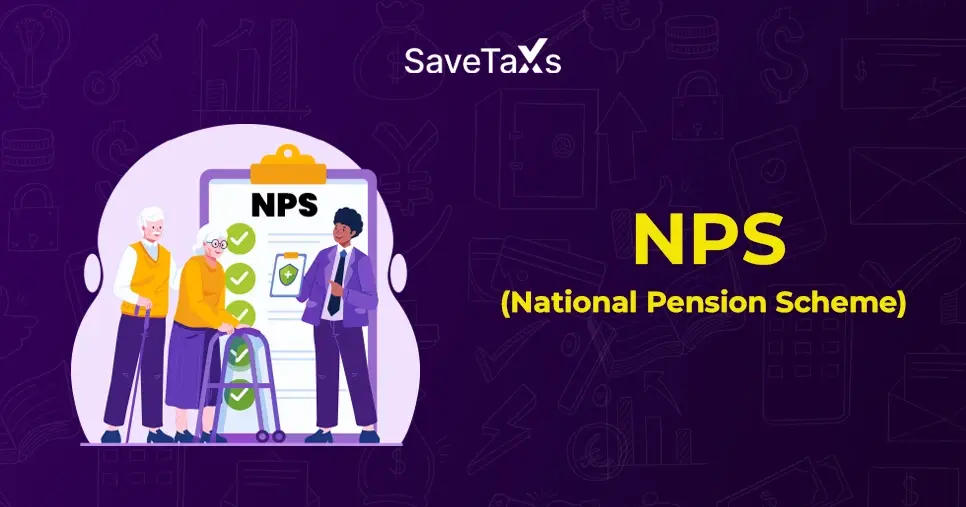

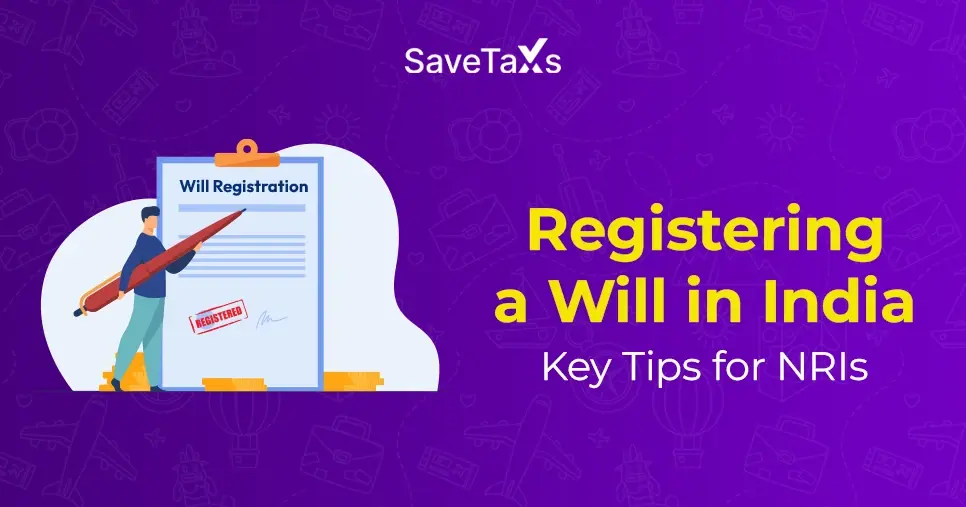
_1764137986.webp)

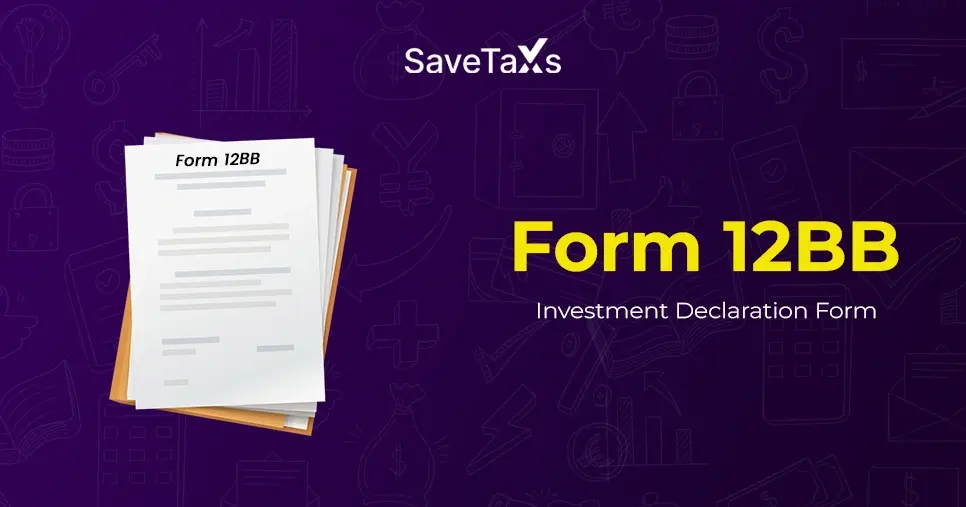
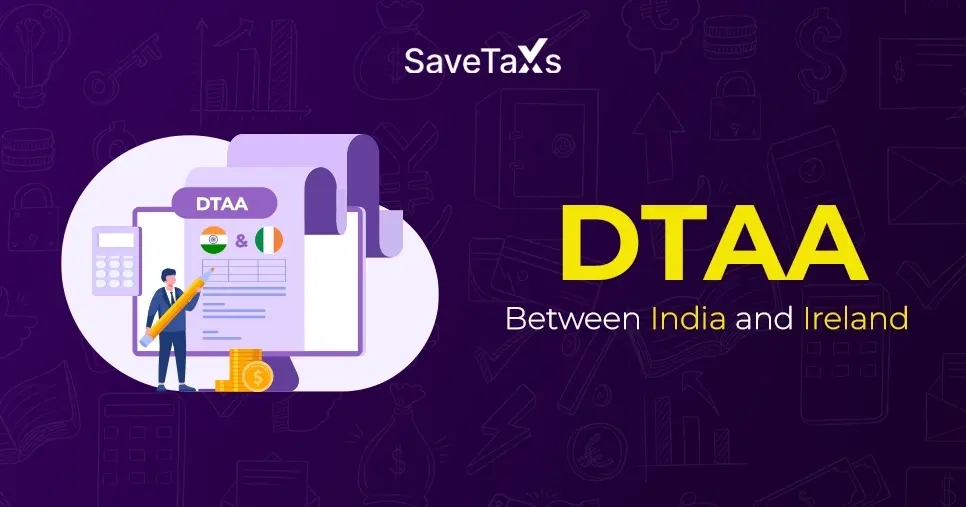
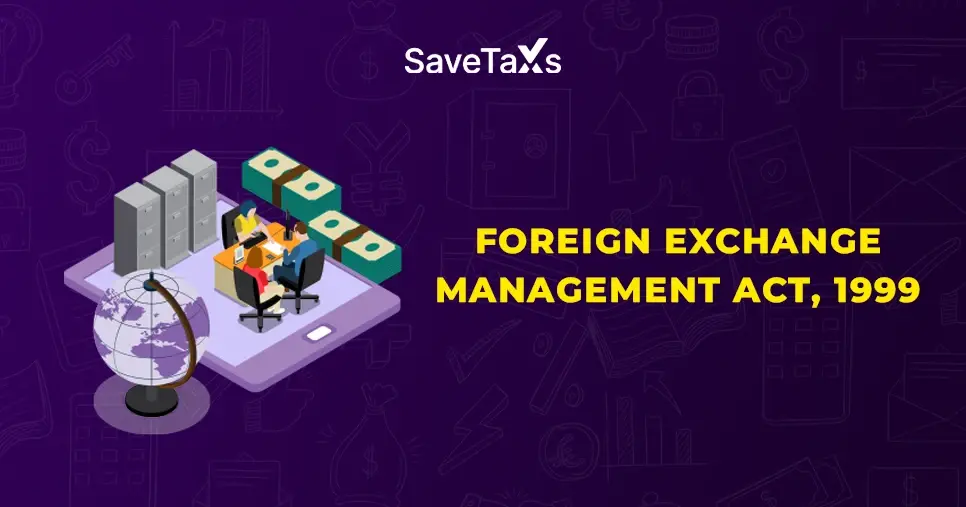
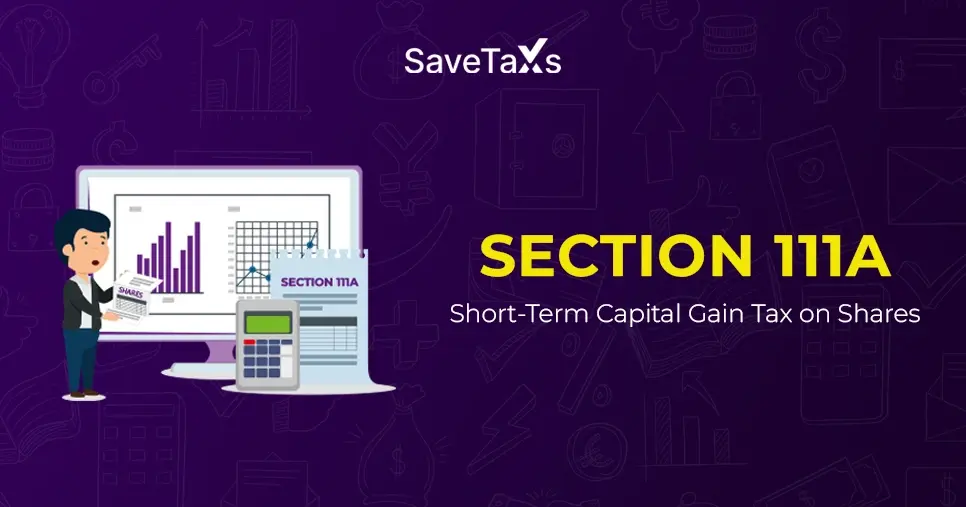
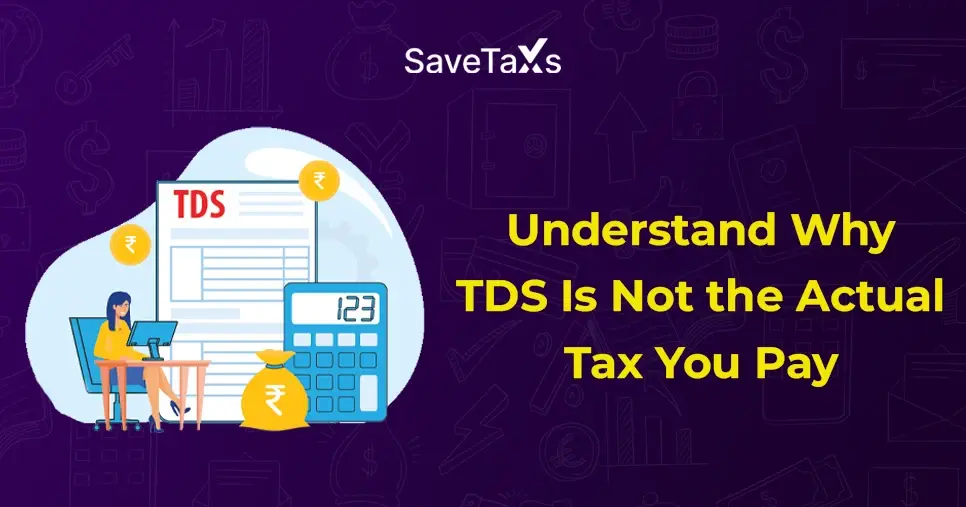
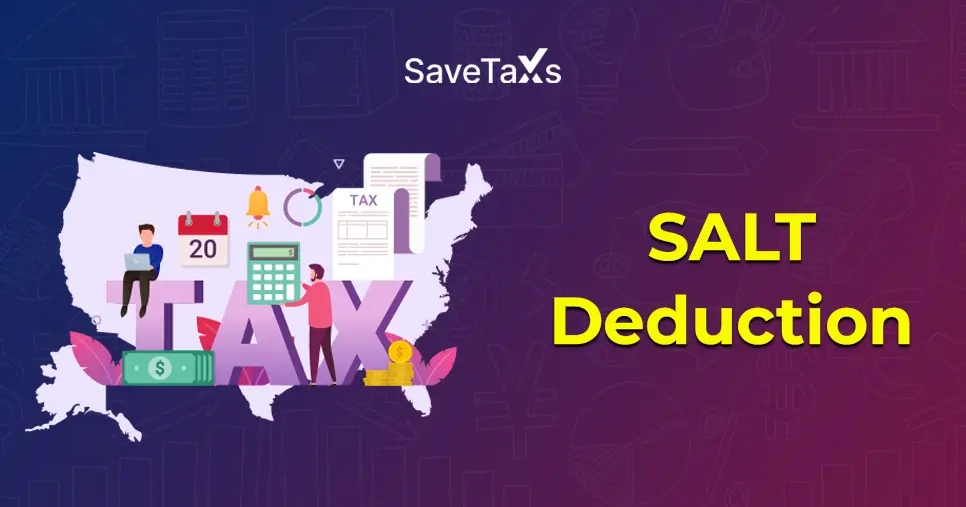

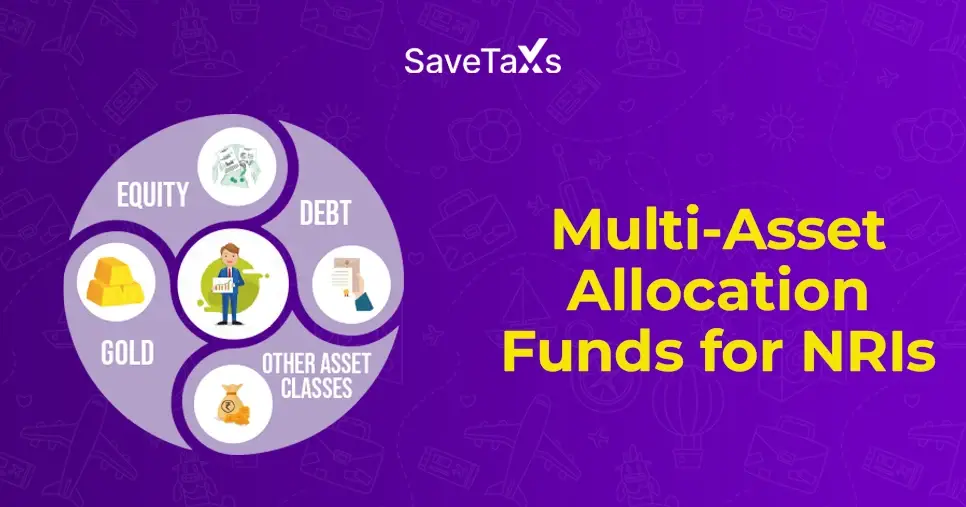
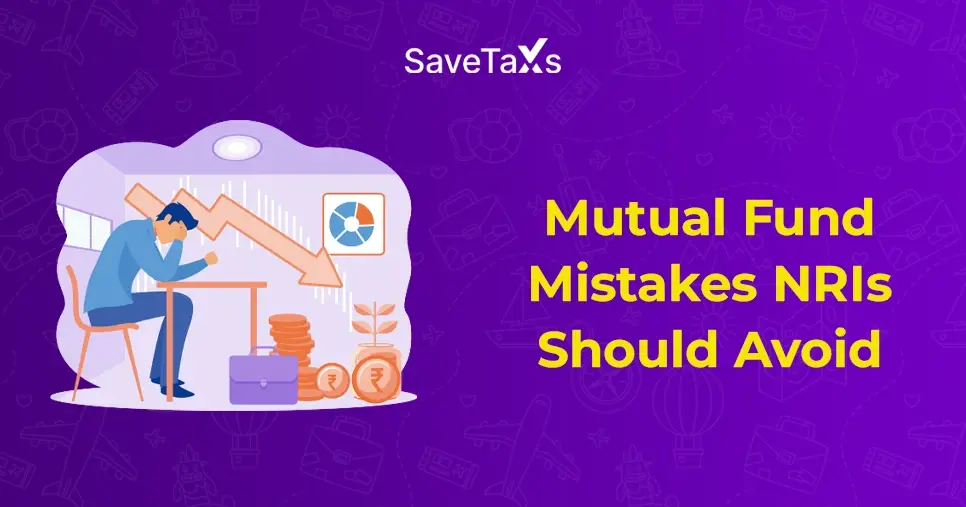

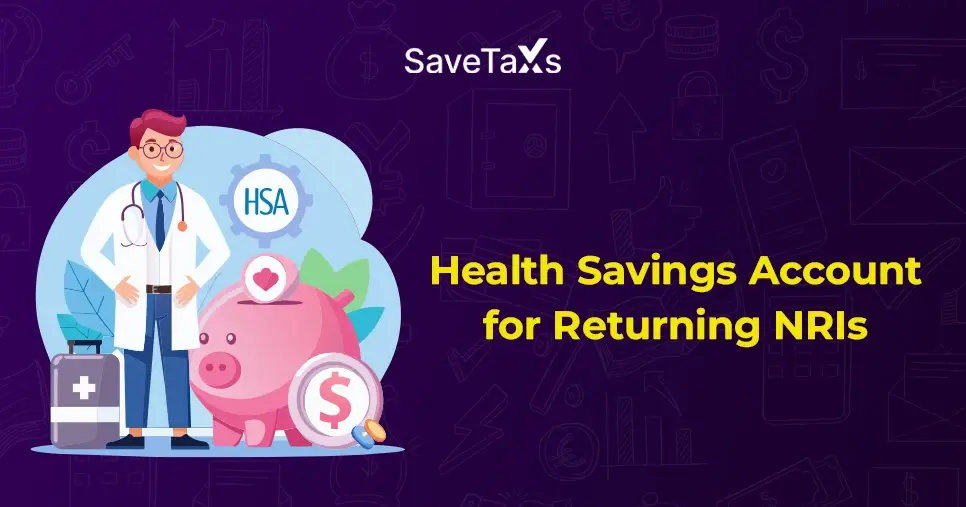
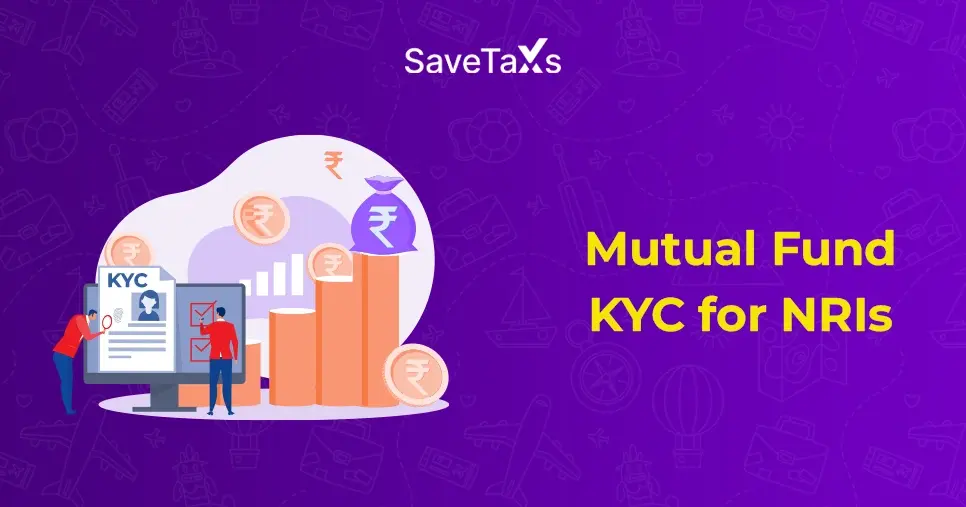
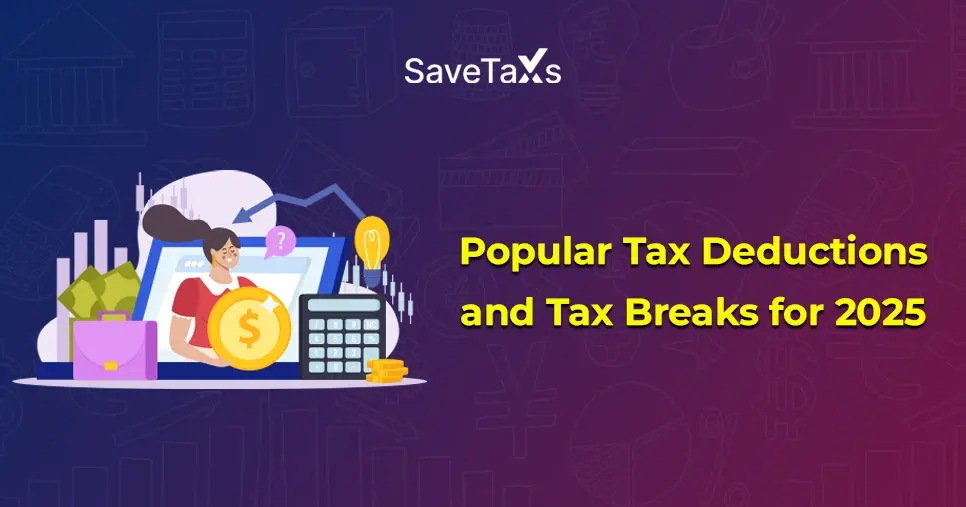
_1767696432.webp)
